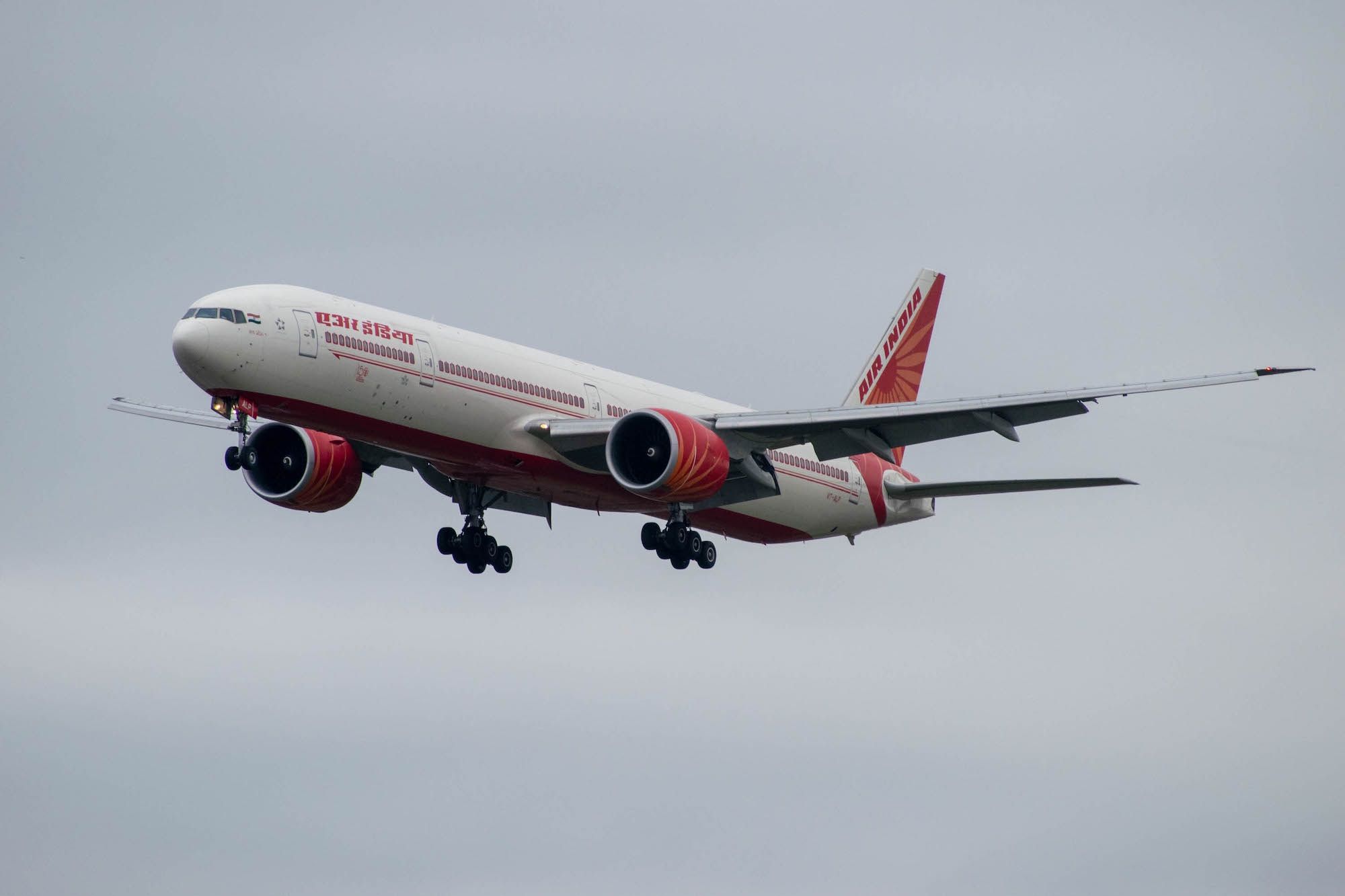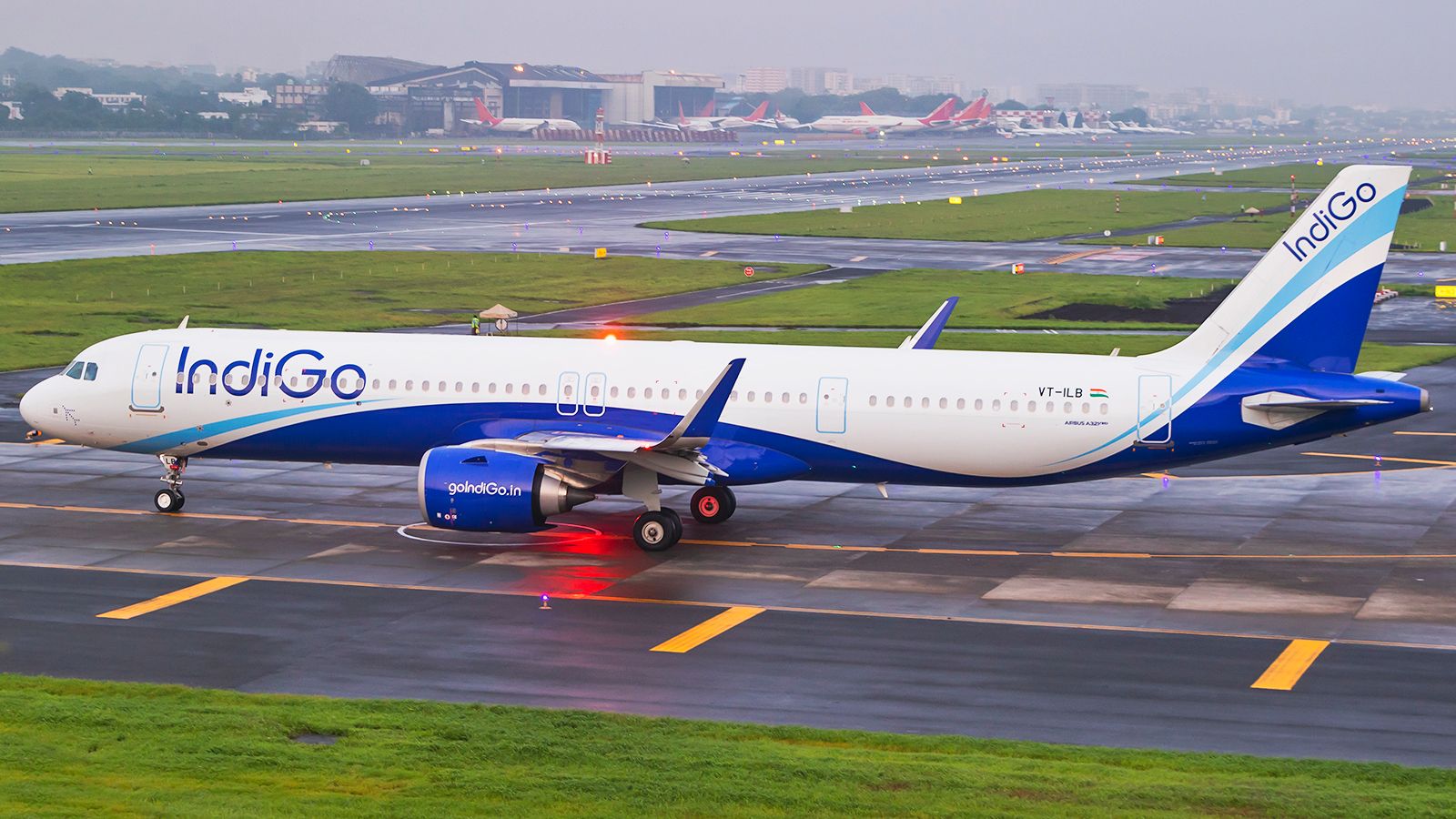When it comes to gender equality in the cockpit, the industry has a long way to go. The percentage of female pilots in most countries stands in the low single digits, a dismal figure. However, leading the charge is India, which has 12.4% female pilots, substantially ahead of all major markets. Here's a look at what the country is doing right and the steps to improve further.
Diversity is key
According to Business Standard, India leads the world when it comes to the ratio of female pilots at 12.4%. The US only sees 5.5% female pilots and the UK even lower at 4.7%. Notably, even 12% is nowhere near the level of parity the industry must strive for, but it is definitely an improvement and step in the right direction.
India's success in recruiting women as pilots began from government outreach programs about aviation dating back to the 1940s that generated interest in the field. According to Captain Nivedita Bhasin, one of India's youngest captains since her appointment in 1989, support from state government programs to subsidize expensive flight schools and private companies pushing for more diversity as key reasons why recruitment is up today.
India's first female airline CEO, Harpreet A De Singh (who led Alliance Air from 2020-21), says that running outreach programs from the school-level and above is crucial to increasing awareness of the role available, especially for women. This has been a huge aid in recruitment, she added,
"Over a period of time this consistent effort all over the country has led to large number of women choosing a profession some didn’t even know it existed."
New policies
To ensure women can enter and remain in the workforce, airlines have created family-friendly policies. IndiGo offers female pilots the chance to avoid flying duties during pregnancy and opt for a flexible contract with two weeks off each month until a child turns five years also. This is in addition to the 26 weeks of paid maternity leave offered by law. Vistara similarly offers six months of paid leave to all pilots and cabin crew.
On the ground, airlines also invest in ensuring the safety of their female pilots by assigning security guards for late-night travel to and from airports. All of these ensure the best possible environment for pilots to continue to thrive in the industry.
Captain Zoya Agarwal, who captained the all-women inaugural flight from San Francisco to Bangalore last year, adds that India's societal norms of living with extended family mean women are able to travel more freely. She said,
"It’s no secret we have the support of parents and it’s a norm to hire staff. Women like me can fly to San Fransisco for five days and not think about what’s happening at home. You have that comfort.”
More progress to come
After decades of inaction, airlines globally are now making a push to create a more diverse and inclusive workforce. While this might be driven by an impending shortage of pilots and cabin crew, it is undoubtedly important to recognize the systemic challenges women and others face and tackle them head-on.
What do you think about India's success in recruiting female pilots? What can other countries do better? Let us know in the comments!
Source: Business Standard


